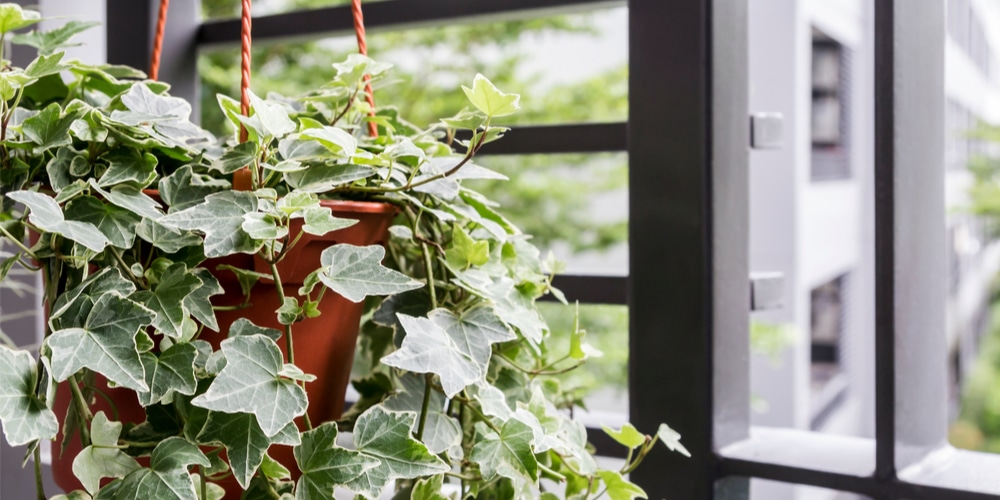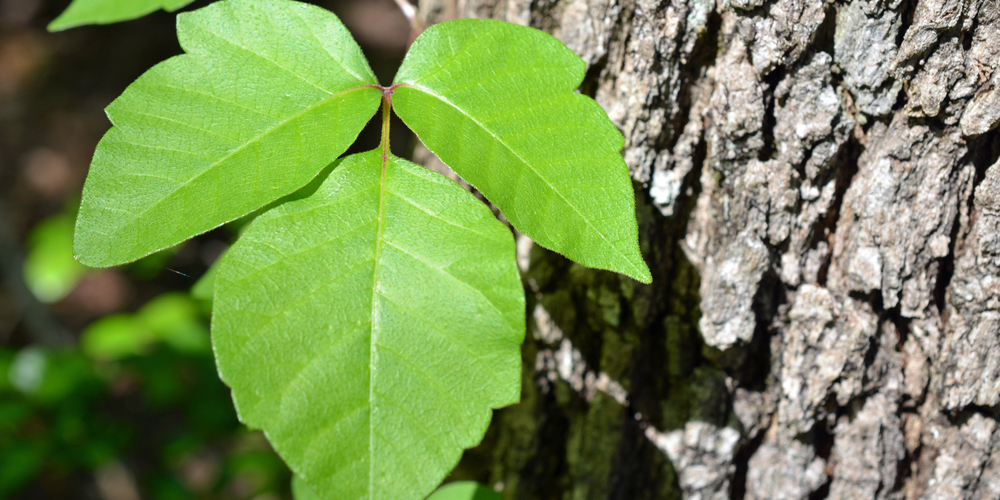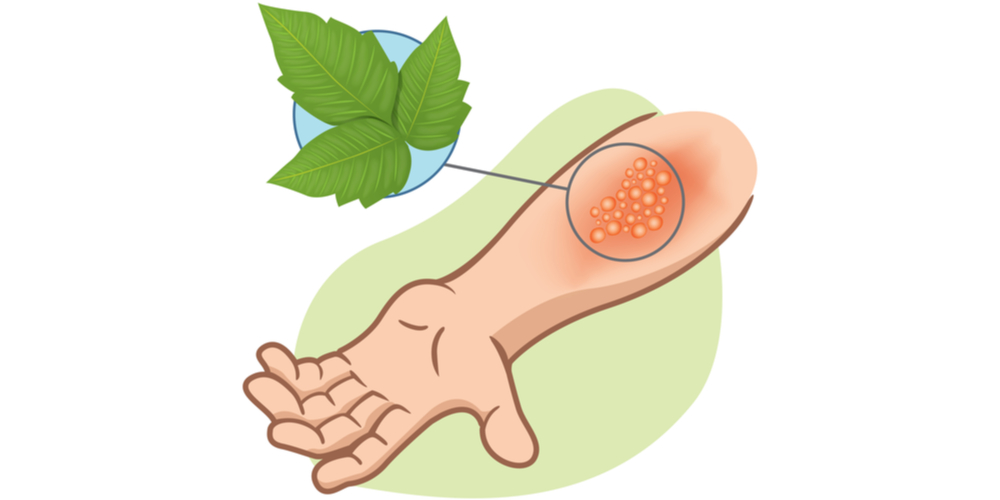English ivy and poison ivy are both rather aggressive species of ivy. They both infiltrate gardens and backyards, essentially taking over the other plants in their paths. However, even though they both have ivy in their name, these two plants are unrelated.
With this in mind, let’s look at an English ivy vs. poison ivy comparison to see how much these plants may differ further.
What Is English Ivy?

English ivy, or hedera helix, is an evergreen and woody vine that tends to climb trees and aid in ground cover. This ivy grows in hardiness zones 4 through 13. It can reach lengths of over 80 feet and widths up to 50 feet.
It produces leaves and flowers, which eventually turn into berries. The flowers are usually gold, and the berries look slightly similar to blueberries. The flowers grow in the summer, and the berries start growing in the fall. The leaves and berries are toxic.
What Is Poison Ivy?
Poison ivy, or toxicodendron radicans, is a common plant across the United States and grows in hardiness zones 4 through 10. It grows into bushy shapes and looks a lot like a weed. It can climb walls, fences, trees, etc.
As a shrub, the plant can grow up to six feet, but as a vine, it can grow up to 150 feet. It produces leaves and flowers that turn into berries. The flowers are typically white or green, and the berries are waxy, white, and ball-shaped. The flowers grow in the spring, and the berries appear by the fall. All parts of this plant are toxic.
Differences Between English Ivy and Poison Ivy
Here are some of the other differences between English ivy and poison ivy.
Origins
English ivy comes from Europe, hence its name, and poison ivy originates from China and North America. Although English ivy is from Europe, it still made its way to the United States through landscaping. The plant was here purely for landscaping, but it escaped into surrounding nature.
Leaves
The biggest giveaway when differentiating these two plants is the shape and look of their leaves. English ivy has highly glossy leaves with three to five lobes or projections. Along with this, you’ll notice that the leaves have a lot of veins that come in either white or light green.
Poison ivy leaves are closer to a teardrop shape and have multiple leaflets. The leaflets might have teeth, or they can be smooth. The leaves are typically bright green with a red tint and turn darker with age. Then the leaves turn red in the fall and fall off the plant, as it is deciduous.
Stems
The stems of English ivy tend to be thick, smooth, and woody. Poison ivy stems are a little thinner, have a red tinge, and usually have little hairs.
How Are English Ivy and Poison Ivy Similar?
Here are some similarities between the two plants.
Aggressive Growth
English ivy as it is an invasive plant in multiple states within the United States, while poison ivy is a native invasive species. Both of these plants can smother trees and cover the floors of forested areas.
Toxicity
English ivy and poison ivy are both somewhat toxic to humans. They can even produce similar rashes, which often confuse people on which plant they touched. Both plants can cause extreme skin irritation, consisting of:
- Inflammation
- Itching
- Blistering
- Rash
Conclusion
Botanically, English ivy and poison ivy are in two different families. English ivy is in the ginseng family, and poison ivy is in the cashew family, accounting for their differences. However, they have slight similarities in invasiveness and toxicity.
Use this English ivy vs. poison ivy comparison to help you differentiate the two plants. Boston ivy is also similar to English Ivy.

